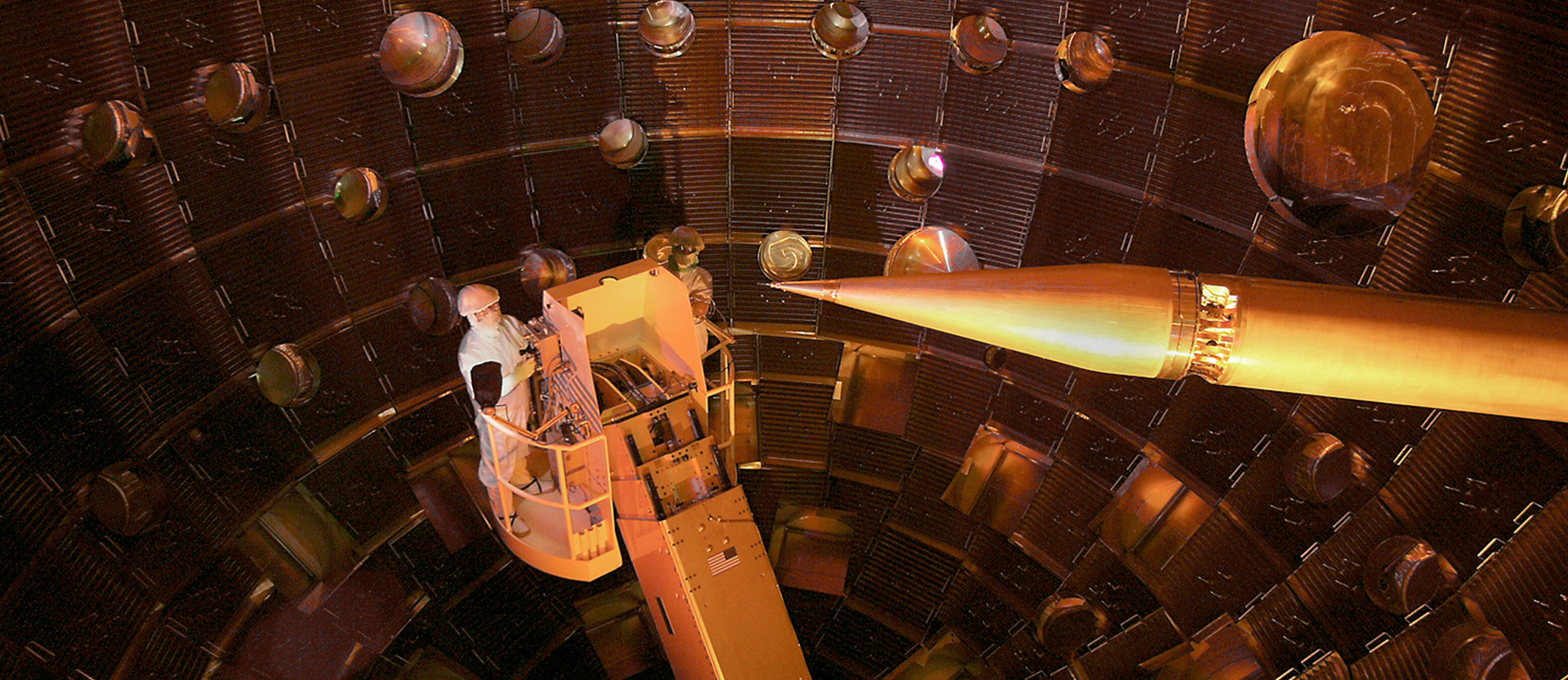Laser beam “tweezers”
Regardless of whether he’s a bricklayer, painter or watchmaker – every craftsman is only as good as his tools. This is also true in science. In 1970, the American physicist Arthur Ashkin recognized that light exerts force particularly effectively on micrometer-wide latex beads. Shortly thereafter, he managed to grasp these particles with a laser beam. Since 1986, researchers have been using strongly focused laser light as “tweezers”, or an optical trap. This works for particles, biological cells and atoms. When a laser beam is focused on an optically transparent cell, light is refracted as it is in a lens. This exerts forces on the cell in the focal point of the beam. The cell is now in the grasp of the beam. If the beam moves, the cell moves with it. These tweezers hold cells so gently that they are not damaged, because the forces exerted by the light are tiny: in the piconewton range. For comparison: a Newton is approximately the force with which a 100-gram weight is pulled down by gravity. A piconewton is a trillionth of that force.
With the latest optical traps, it is even possible to capture, hold and line up small bacteria, although these constantly change shape. Scientists led by Professor Alexander Rohrbach in the Department of Microsystems Engineering at the University of Freiburg first achieved this. The researchers produced a tube of light in which they captured bacteria. These spiral bacteria are just 200 nanometers thick, comparable to the thickness of approximately 1,000 atoms. The so-called spiroplasmas change shape rapidly, because they do not have a rigid cell wall. The researchers were also able to measure rapid changes in the shape of the trapped bacterium precisely with an additional trick: the focused laser light is deflected differently by each turn of the bacterium, but the laser beam and deflected light don’t interfere with each other, thus a variable interference pattern is generated. The Freiburg-based researchers were able to create up to 1,000 three-dimensional images per second. "The movements of the bacteria are connected with extremely small and likely highly efficient energy changes," said Alexander Rohrbach. Without laser light, the ability to measure and understand these movements would be extremely unlikely. The biophysicists captured their findings in a video.
Ein lebendiger Laser
Professors Malte Gather and Seok Hyun Yun developed a special laser at Harvard Medical School in 2011. The optical amplifier used was a living cell. Normally, this function is performed by materials such as crystals, dyes or glass. The two scientists, however, used a human kidney cell to form large amounts of the fluorescent protein GFP (green fluorescent protein). If this protein is excited with blue or ultraviolet light, it illuminates in green. In the experiment, the cell wall acted as a lens to focus the incoming light. To keep the light in the cell for as long as possible, the researchers captured it between two mirrors. The green light was then emitted as a focused beam, and thus their laser system was perfect. It also appeared that the cells possessed self-repairing properties, rebuilding proteins after being damaged, for example due to high temperatures or intense excitation.
The biological cell laser is tiny. The cell has a diameter of 20 micrometers at most. The distance between the mirrors is not much bigger. The cell emits laser pulses lasting just a few nanoseconds.
How these laser light emitting cells might be used is not yet clear. The researchers want to use the technology in order to better observe processes in cells. Individual, stimulated laser cells could be retrieved by their characteristic radiation; much like items in a supermarket, where each product has a unique barcode. They could contribute to better understanding of how the spread of tumor cells works, or highlight which tasks cells perform in immune system defense. Additionally, it could be possible to use the cells in so-called photodynamic therapy, where drugs are activated by light.













